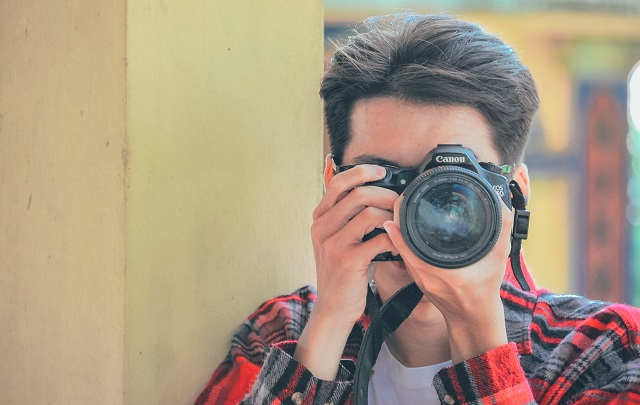If you’re buying a camera for the first time, or even if you’re upgrading an older model, it can be difficult to narrow down your options. There are so many models and brands available, and each one comes with its own pros and cons. Some people will rant about the brilliance of Canon, while others wouldn’t be seen dead without a Nikon in their hands. It can all get very confusing very quickly. That’s why you need to do a little prep before you start looking at makes and models.
Here’s what you need to think about when you’re starting to consider investing in a new camera.
What you’re using it for
This is the most important thing to think about before you start spending any money. You’re going to need a very different camera if you’re planning a new career as a wildlife photographer, over someone who just wants something quick and easy to use on vacation.
The rest of your decisions will rely on you knowing exactly what your camera is going to be used for and where it’s going to go.
Budget
This is your second main decision-making factor. The fact is that cameras come in an incredibly broad price range, so there’s going to be something that matches your budget. Many of the price differences are related to the special features that the camera comes with.
Don’t pay more for a feature that you don’t think you’ll ever use. Consider looking at the best list of Choosist cameras, which can narrow down your choices to match your budget and intention choices.
DSLR or a Point and Shoot?
This will be very dependent on your level of skill. A digital single-lens reflex camera (DSLR) is what most people think of when they hear the words ‘professional camera’.
They tend to come with larger sensors, better lenses, improved processing, and a range of exciting features. They are obviously a lot more expensive than a more compact, point and click type of camera, but you get what you pay for.
Tech Decisions
Most people pick up a new camera and start looking for how many megapixels it comes with. While this is somewhat relevant, a larger number of megapixels doesn’t always mean a better photograph. You also need the right type and size of the sensor, otherwise, those megapixels are going to start getting crammed into an image for a very weak effect.
If you get a too-small sensor, then too many megapixels is just going to result in bad photos. Getting the best photos will mean having as large a sensor as you can afford, with one that is 35mm wide being the ideal, full-frame size.
It’s also worth thinking about the future of your camera. Are you looking for something just for fun? Or is this a camera that you hope will last, and might need upgrading at some point in the future?
The more that you know about your photography plans with your new camera, the easier it will be to make the right decision about the best camera for you right now. Don’t jump into buying a new camera without knowing where it will be used, and how good the finished images are going to look.
This post was last modified on May 15, 2023 10:21 AM

